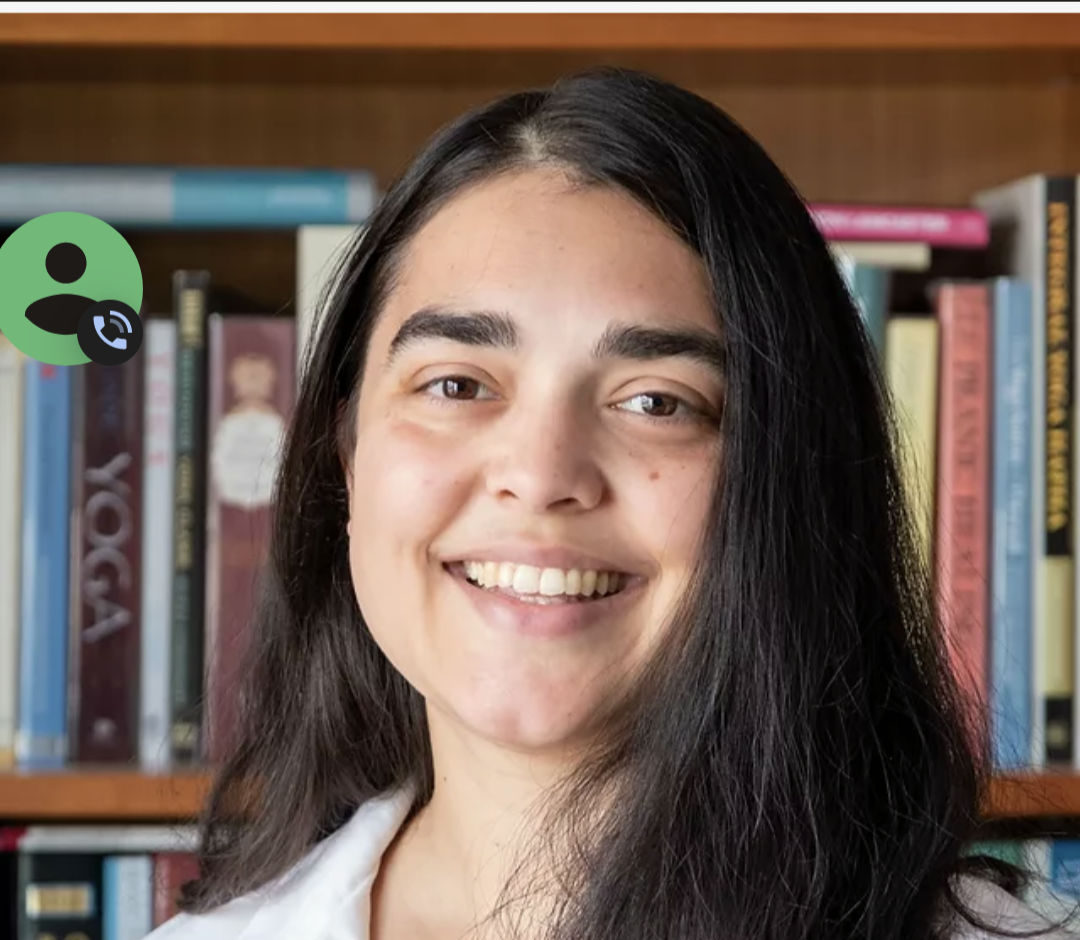Breast Health
- drveradubovoy

- Sep 23, 2023
- 2 min read
Updated: Nov 19, 2024
I'm often asked by my patients what can be done to prevent breast cancer. Breast cancer is the most frequent type of non-skin cancer and the most frequent cause of cancer death in women worldwide, and it is the second most frequent cause of cancer death in the United States.
Known Risk Factors for breast cancer include weight gain after menopause, decreased physical activity, regular alcohol use, hormone use, late menopause, BrCa1 and BrCa2 (genetic mutations), and night shift work.
In addition to exercise, increasing fruits and vegetable intake, and limiting alcohol, here are 10 lifestyle measures that are very important for breast health.
Maintaining an ideal weight, especially after menopause
Eating enough organic fruits and vegetables
Having a healthy Omega 3/6/7/9 balance with cold water fatty fish 3-4 times per week, flaxseeds or supplement with high quality EPA/DHA/GLA
Eating enough cruciferous vegetables (like arugula, Brussel sprouts, cabbage, broccoli, cauliflower daily!)
Maintaining a healthy Vitamin D level which can be tested with a blood test, ideally around 50 ng/mL
Consuming enough soluble and insoluble fiber - aiming for around 35 grams per day
Consuming Tumeric/Curcumin - an Indian spice in cuisine
Getting enough antioxidants in the diet like berries and favonols founds in plants
Getting antioxidant catechins like those found in green tea.
Consuming iodine rich foods like those found in the sea vegetables Nori, Kombu, wakame.
Early detection gives us opportunity to balance hormones, replace micronutrients, detoxify, find and correct inflammation to restore breast health.
There are so many guidelines for screening that I personalize the decision to each patient and provide them with some of the guidelines that most of us use in the U.S. (USPSTF - which shows an evidence based guideline https://www.uspreventiveservicestaskforce.org/uspstf/recommendation/breast-cancer-screening). All our national guidelines are based off of mammography. They are the best studied at detecting breast cancer. There are no known risks to getting breast thermography for patients wanting a closer look and it can be useful as an adjunct to mammography. Mammography looks at structure, and Thermography is a functional assessment of the breasts. https://www.mdanderson.org/cancerwise/mammograms-vs--thermography--what-you-need-to-know.h00-159385890.html
Mammogram Expert Recommedations | Frequency of screening | Initiation of screening for women at average risk | 40 to 49 years of age | 50 to 69 years of age | ≥70 years of age |
US Preventive Services Task Force (2016) | every 2 years | 50, until 5/2024 lowered to age 40 for first | yes | yes | Until age 74 |
Canadian Task Force on Preventive Health Care (2018) | every 2 to 3 years | age 50 | No, recommend against | yes | Until age 74 |
National Health Service, United Kingdom (2018) | every 3 years | age 47 | At age 47 | yes | Until age 73 |
Royal Australian College of General Practitioners (2018) | Every 2 years | age 50 | No | yes | Until age 74 |
American College of Obstetricians and Gynecologists (2017) | Every year | age 40 | yes | yes | yes to at least age 75 |
American College of Physicians (2019) | every 2 years | age 50 | No | Yes | Yes to age 74 |
American Cancer Society (2015) | Every year if between 45 to 54 years old, then every 1 to 2 years age >55 | Age 45 | Yes | yes | Yes |
American College of Radiology (2017) | every year | Age 40 | yes | yes | yes |




Comments